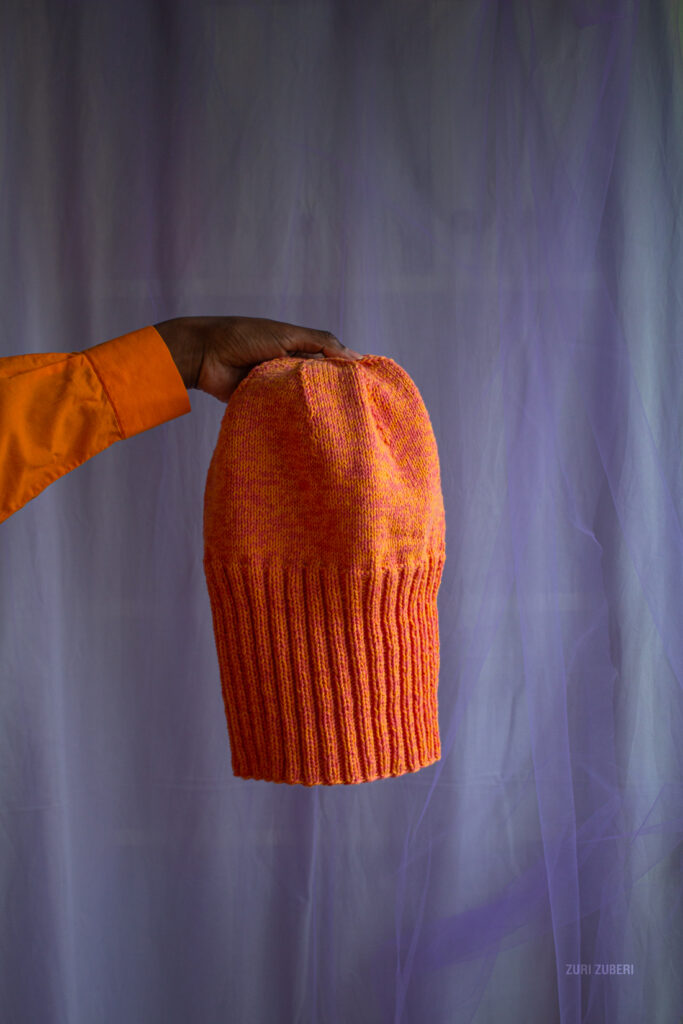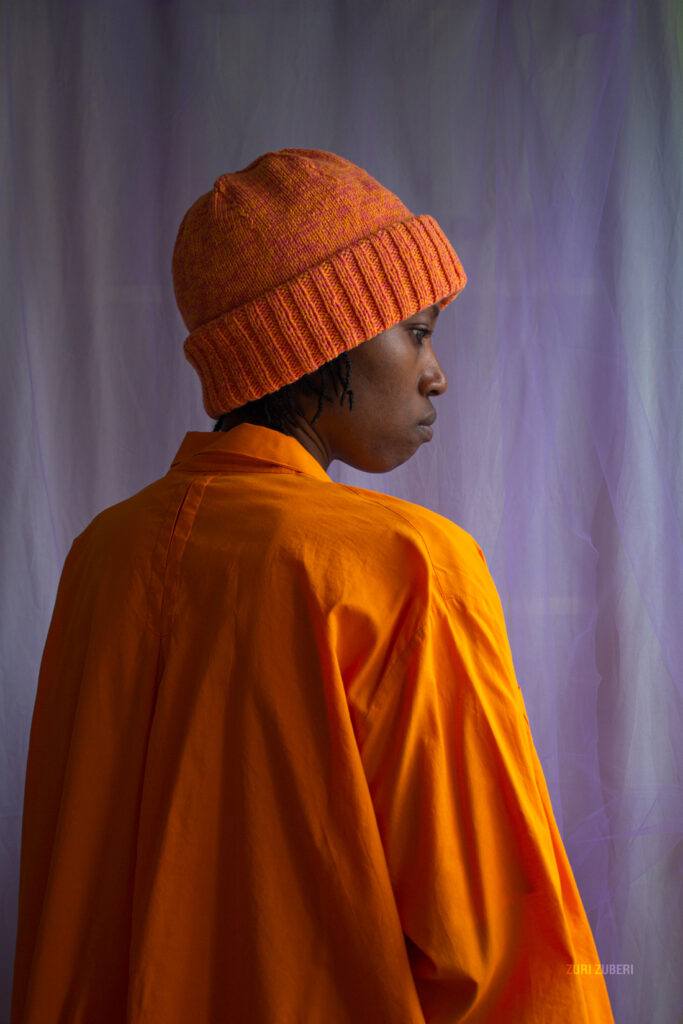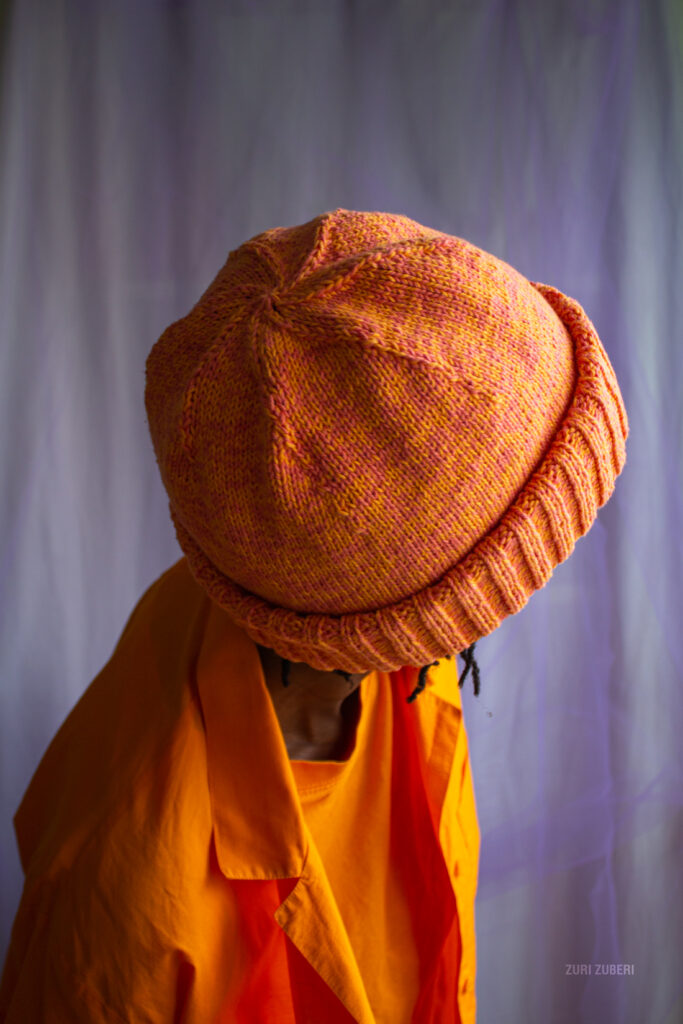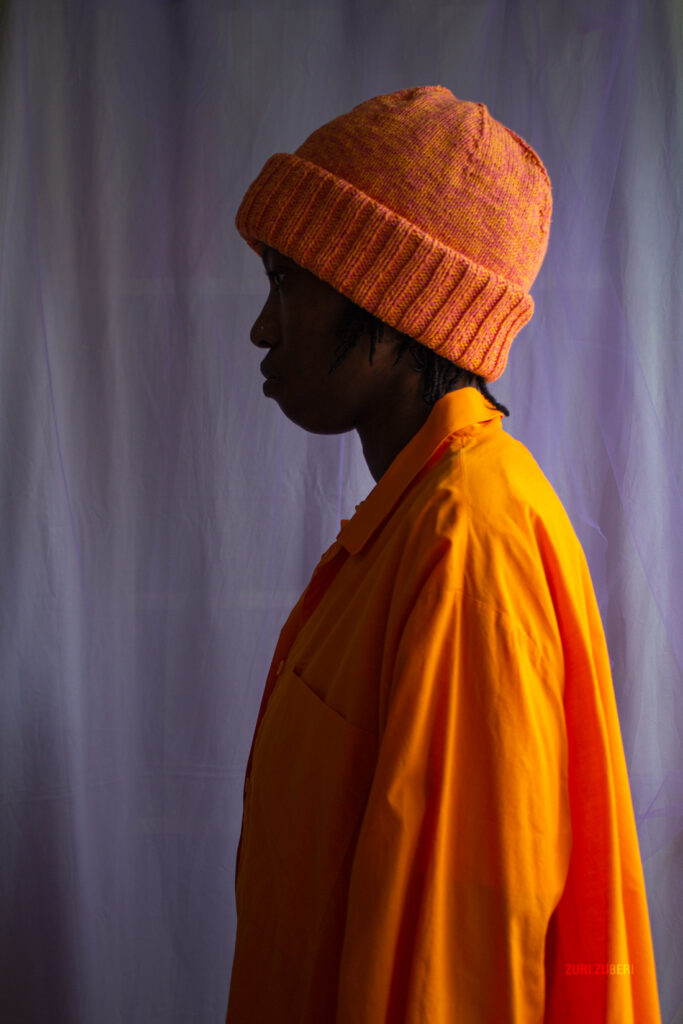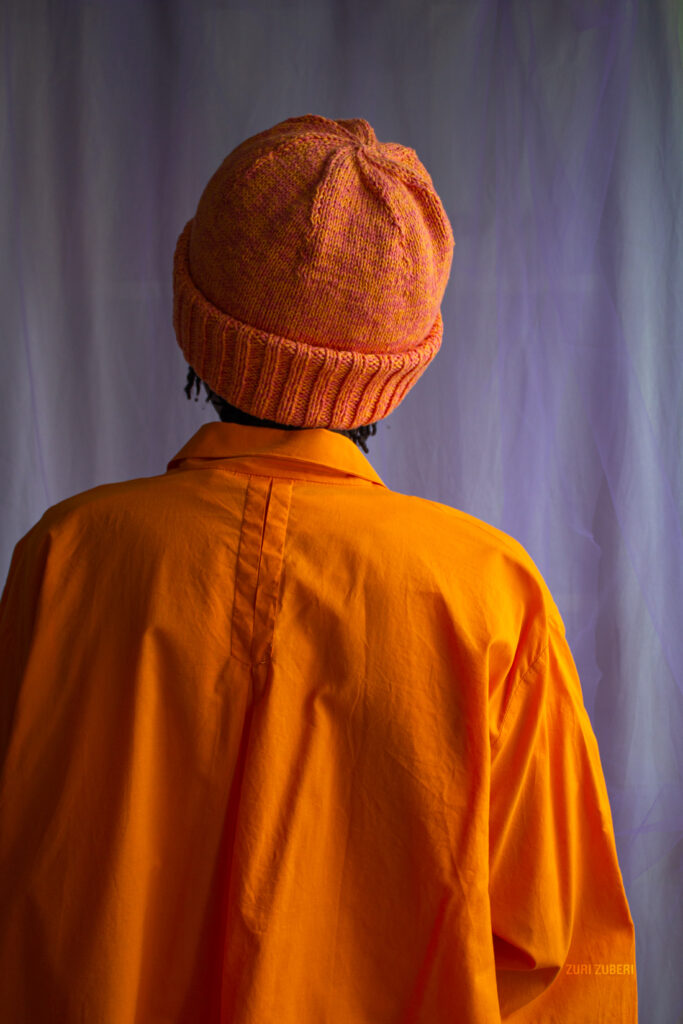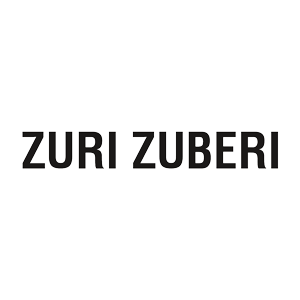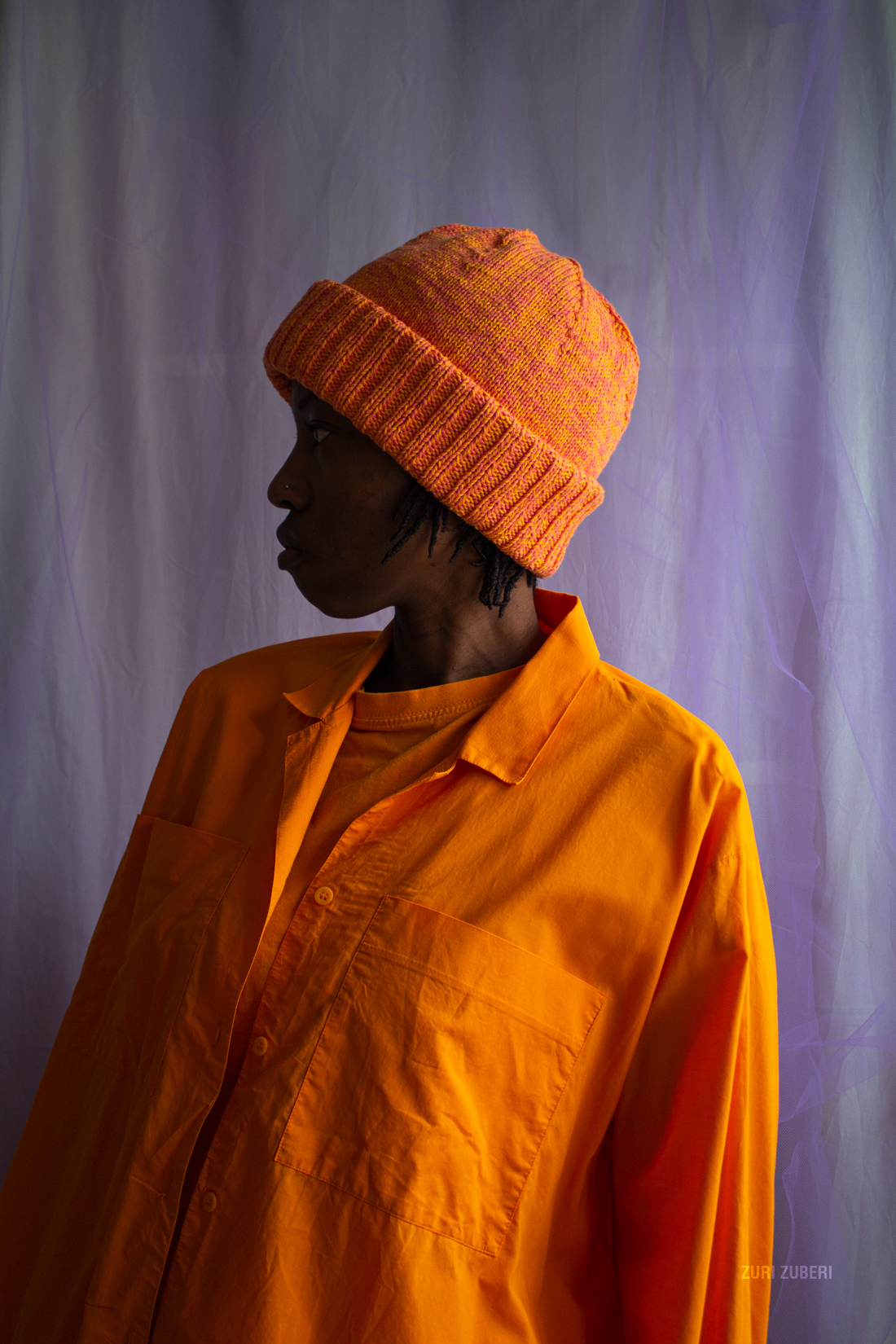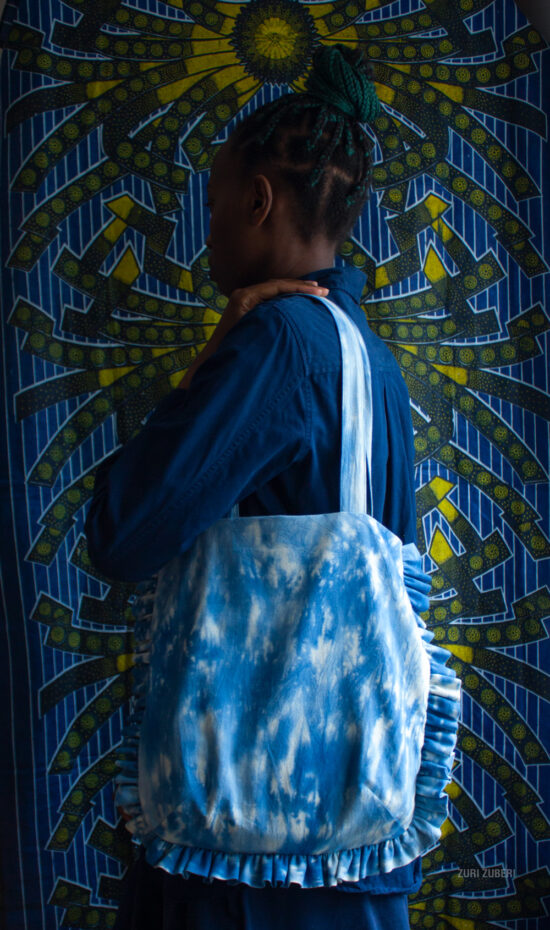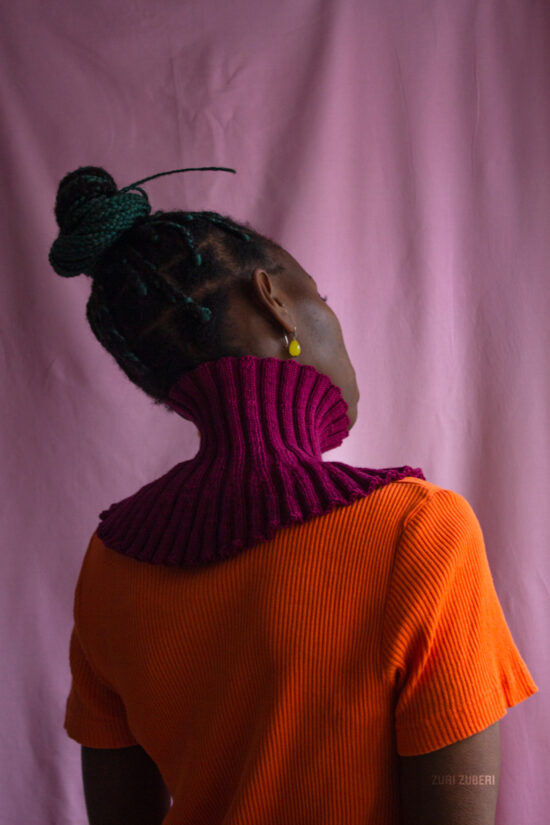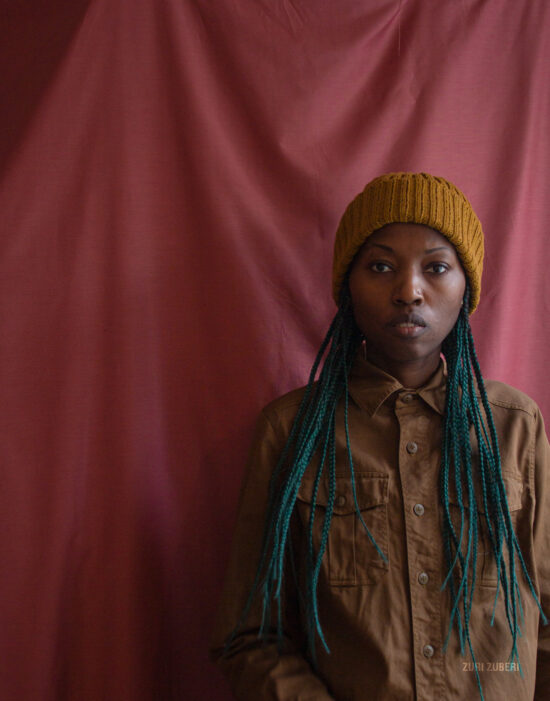It might already be spring and sandal weather might be just around the corner but I’ve been knitting a beanie.
Even though I’ve knitted on semi industrial knitting machines, I somehow thought that knitting in the round by hand was something that was going to require a lot of practice on my part. However, it turns out it’s another thing that sounded more complicated in my head than in real life.
The first attempt at the beanie was an exercise in patience as I had to unravel it several times and start from scratch. At first I didn’t cast on enough stitches and undid like 6 cm of rib I had already knitted. Then I probably started decreasing too soon and in too many places. After that I thought I had learned my lesson was very pleased with myself when all the stitches added up in my new decrease calculations. Halfway through the decreases I tried on the beanie for the 100th time and the rib I specifically knitted to cover my ears, wasn’t covering my ears.
Should this have been a warning sign that my beanie was going to be too small? YES! Did I listen to that warning sign? NOPE! I was uncharacteristically optimistic that the remaining rows would compensate for that length. And that is the tale of how I ended up with a beanie that is too small. Technically the beanie fit on my head but the rib wasn’t where I wanted it to be and the top had the wrong shape. I knew if I left it as it is, I would rarely use it. So I decided to start from scratch, again!
Could all this trouble have been avoided by buying a pattern and following a pattern? Maybe. But as with crochet I prefer to knit quite compactly and with cellulose based yarns but most patterns out there use wool or are knitted rather loosely. The final beanie might not be perfect but I love the colours and I know it will be in frequent use. As frustrating as it was to unravel this beanie many times, it was an educational process and I do believe what I learned here will help me with my coming knitting projects in the future.
